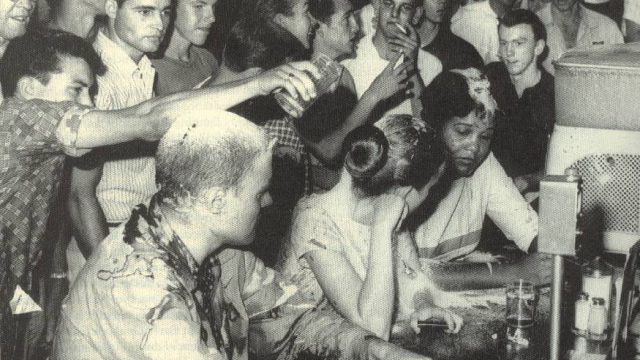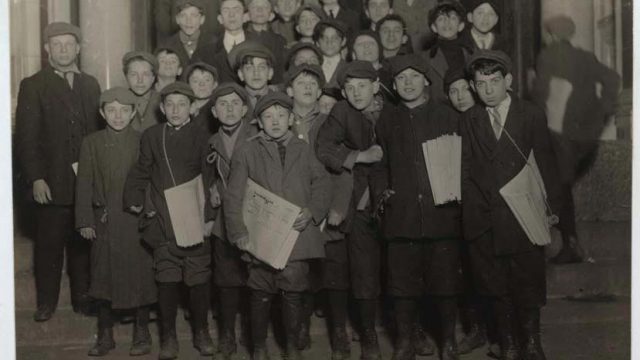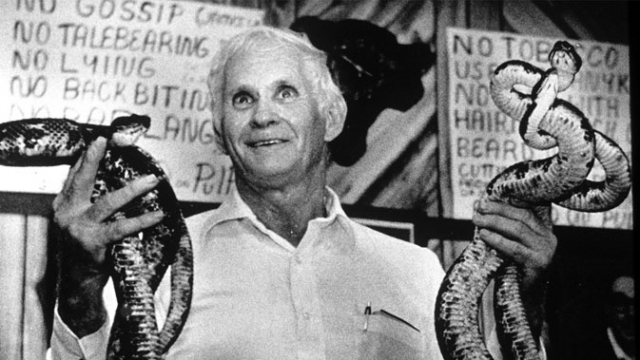In 1941, W. J. Cash wrote, “If it can be said there are many Souths, the fact remains that there is also one South.” This course will explore what it means to be southern through autobiographies. The southerners you will meet in this seminar are a cross section of southern society in the 20th century in various parts of the South. They represent different races and classes. We will explore Cash’s observation and use these life narratives to ask if there are, indeed, characteristics that define southerners across those divisions. These individuals are also firmly grounded in their own time and place, and through their eyes, we can witness the remarkable transformation of the region during the 20th century and the people who are drawn from many walks of life — planters and sharecroppers, politicians and musicians, writers and drag queens. We will also confront the problems that autobiographies pose for historians. They are a part of the historical record, a very important part, and they contain information regarded as factual, but they are not factual histories of a time, person, or event. When life narrators describe an event or celebrate a community, they are making history in a sense, but they are also justifying their own perceptions, defending their reputations, disputing accounts left by others, and writing from their own cultural perspectives. Unlike historians, they do not aim for objectivity. Are they true? What does that mean for an autobiography? As we will see, some are not true at all. The larger truth contained in an autobiography is more complex. Mahatma Ghandi called his autobiography “my experiments with truth.” For our purposes, autobiography is historically situated in a particular time and place, and this is essential for understanding the South and the southerner.
Back
- African/Caribbean Based Social and Vernacular Dance Forms | DANC 3240-01
- Autobiographies and Southern Identity
- Black Music & Performance in New Orleans | ADST 3550
- Building Community through the Arts | DANC 4900
- Ethnography of Performance and Identity In New Orleans and French Louisiana | ANTH 3395/6395
- French and Creole In Louisiana | FREN 4110/6110
- Gender, Archives, and Musical Culture | GESS 4500
- History of Jazz | MUSC 3340
- Hollywood South | COMM 4810
- Jazz, Blues, and Literature | ENLS 4010
- Languages of Louisiana | ANTH 4930
- Literary New Orleans | ENLS 4030
- New Orleans and Senegal in the Atlantic World | HISU 3100-01
- New Orleans Hip Hop | ADST 1550
- New Orleans Music | MUSC 1900
- The Creation of Jazz in New Orleans | HISU 4694-01
- The Latin Tinge: Jazz and Latin American Music in New Orleans and Beyond | MUSC 3360
- Urban Geography: New Orleans Case Study | AHST3131





